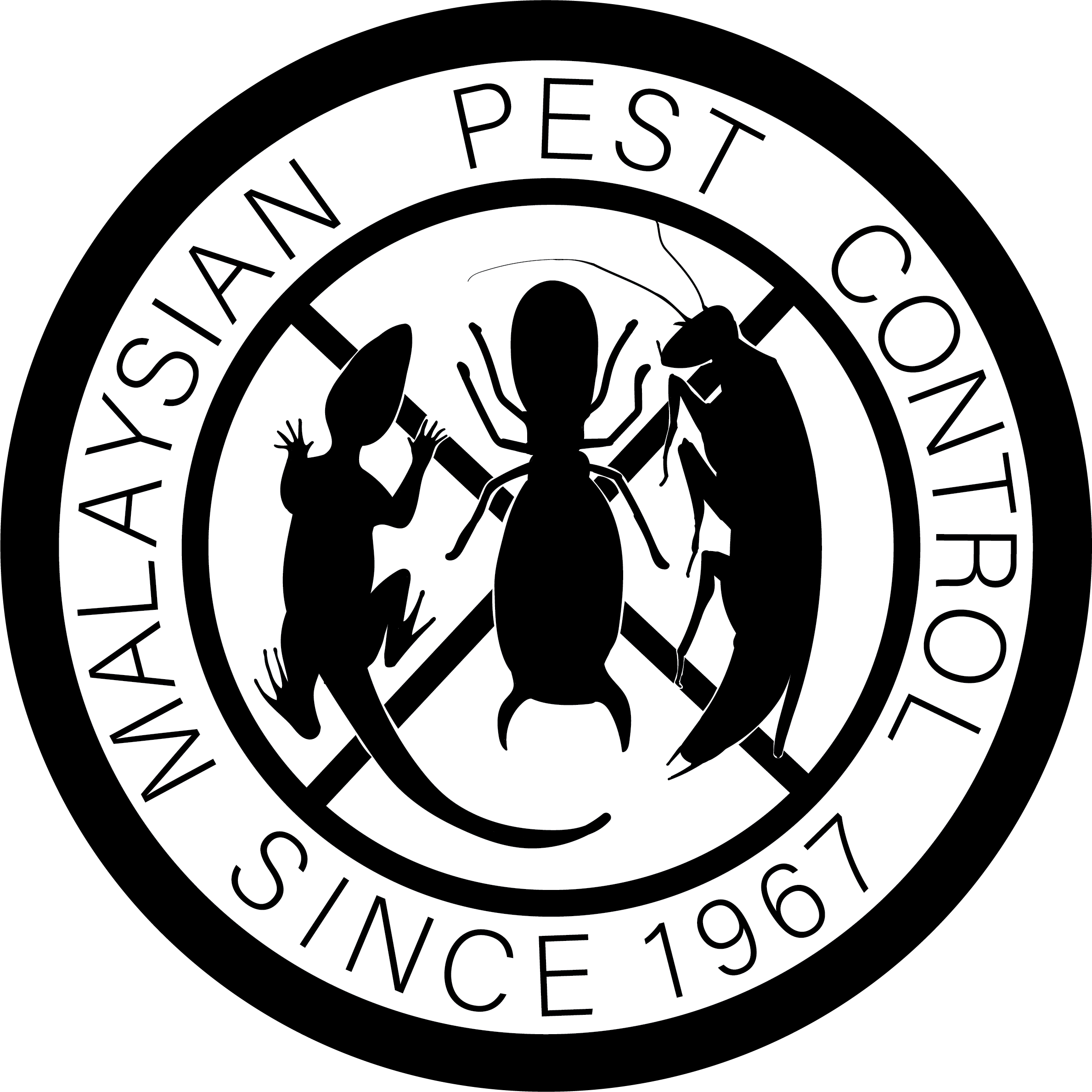About Termites
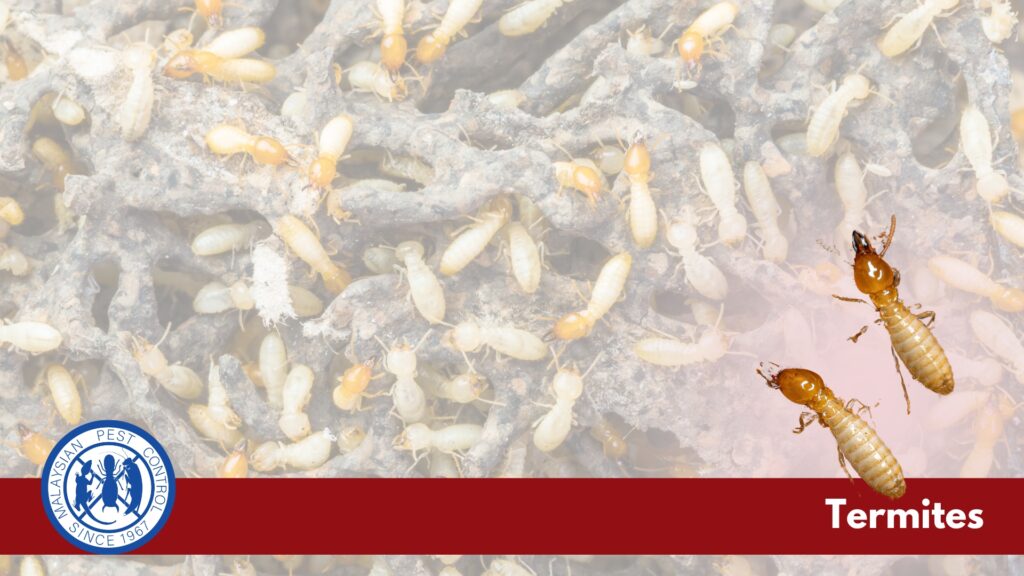
Introduction to Termites
- Termites are often mistakenly called “white ants,” but they are more closely related to cockroaches. There are about 2,600 species of termites worldwide, but only a small percentage are pests to humans.
- Significance: Termites play a crucial role in decomposing dead wood in natural environments, but they can cause severe structural damage to buildings, resulting in significant economic losses.
Biology and Lifecycle
- Egg Stage
- Termite queens lay eggs continuously, which are tended to by worker termites. The number of eggs laid can vary greatly depending on the species and the colony’s size.
- Timeframe: Eggs hatch into larvae (immature termites) within a few weeks after being laid.
- Larvae Stage
- Larvae undergo several molts and can develop into one of several castes: workers, soldiers, or reproductive termites (alates), depending on the colony’s needs and environmental factors.
- Timeframe: The development time from larvae to adult can vary widely, from a few months to a year or more, depending on the caste and species.
- Adult Stage
- Workers: Make up the majority of the colony, performing all the labor, including feeding the other members of the colony, maintaining the nest, and caring for the eggs and young. Workers are wingless and sterile.
- Soldiers: Protect the colony from threats, such as ant invasions. They have large mandibles (jaws) but rely on workers to feed them.
- Reproductives (Alates): Winged termites that leave the colony during the swarming season to mate and establish new colonies. After mating, these termites lose their wings and become the king and queen of their new colonies.
- Lifespan: A termite queen can live for decades under optimal conditions. Workers and soldiers live for 1-2 years on average.
Behaviour and Habitat
- Behaviour: Termites are known for their social structure and division of labor. They communicate through pheromones and vibrations to coordinate their activities.
- Habitat: Termites build complex nests, sometimes called mounds, in soil or wood, depending on the species. Subterranean termites build their nests underground and are highly dependent on soil moisture.
- Adaptations: They have evolved to consume cellulose, the main component of wood, making them one of the few groups of animals capable of doing so.
Health and Economic Impact
- Structural Damage: Termites are responsible for billions of dollars in damage each year worldwide by eating away the wooden structure of buildings, furniture, and other cellulose-based materials.
- Control Costs: The economic impact includes not only the cost of repairs but also the expenses related to termite prevention and treatment. This often involves chemical treatments, baiting systems, and sometimes physical barriers during construction.
Coptotermes
Coptotermes is a genus of termites in the family Rhinotermitidae, which is one of the most economically significant groups of termites worldwide. This genus includes several species known for causing extensive damage to buildings, crops, and forested areas due to their wood-consuming habits. Among the various termite genera, Coptotermes species are particularly notorious for their ability to adapt to various habitats and for their aggressive wood consumption, making them a primary pest in both urban and rural settings.
Key Characteristics of Coptotermes
- Subterranean Nature: Most Coptotermes species build their colonies underground, creating intricate tunnel systems that allow them to access food sources above ground. This subterranean lifestyle helps protect them from predators and environmental conditions while allowing them to remain hidden from human detection for long periods.
- Wood Consumption: They feed on cellulose material, primarily wood, making them a significant threat to wooden structures and trees. Their ability to digest cellulose comes from symbiotic microorganisms (protozoa or bacteria) in their guts, which break down the cellulose into nutrients.
- Castes: Like other termites, Coptotermes have a social structure that includes workers, soldiers, and reproductives (alates). Workers are responsible for foraging, feeding other castes, and caring for the young. Soldiers defend the colony, characterized by their larger mandibles or heads. Reproductives are winged termites that swarm at certain times of the year to mate and establish new colonies.
Notable Species
One of the most well-known species within this genus is Coptotermes formosanus, commonly known as the Formosan termite. It is considered one of the most destructive termite species due to its large colony size and aggressive feeding behavior. The Formosan termite is particularly problematic in warmer climates, including parts of the United States, where it causes significant structural damage to buildings and trees.
Some of the Termites Species
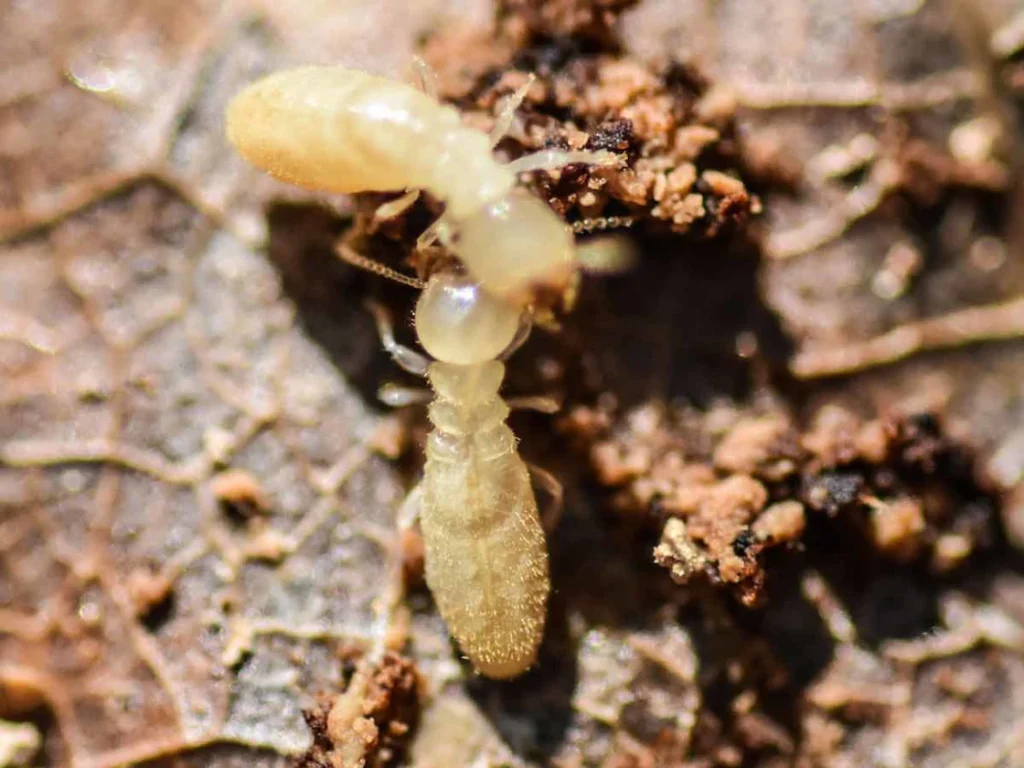
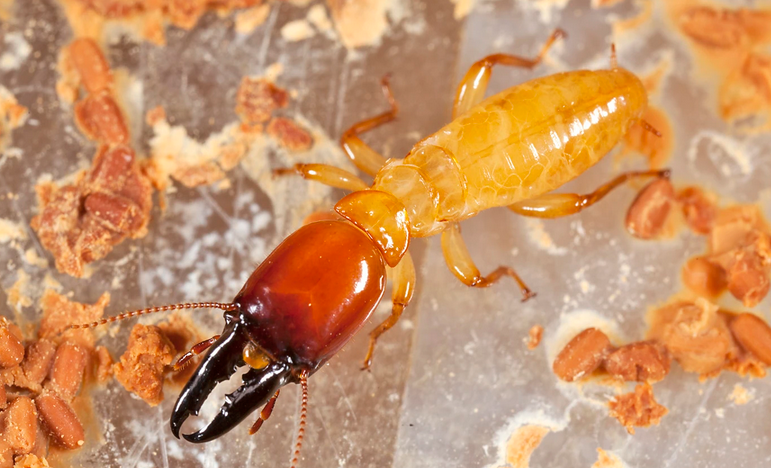
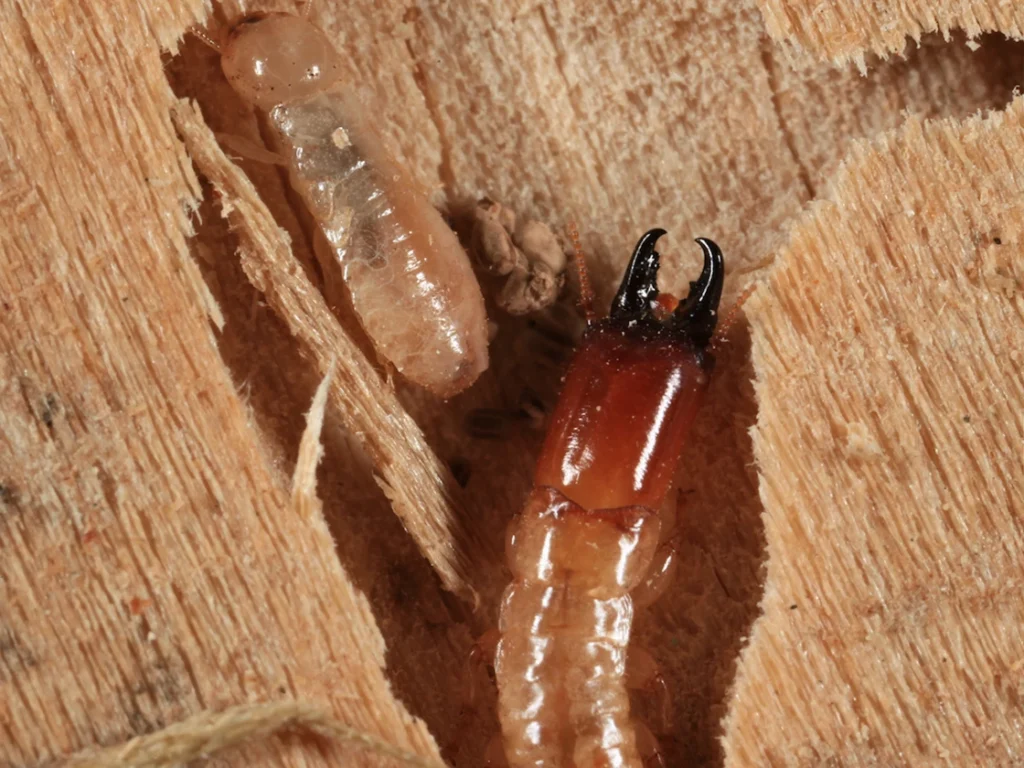
Subterranean Termites:
- Creamy white to dark brown or black
- 10mm long
- long, narrow and oval
- Has antennae
- 6 legs
Dampwood Termites:
- creamy white to brownish
- 12mm to 16mm long
- long, narrow and oval
- Has antennae
- 6 legs
Drywood Termites:
- creamy white to brownish
- 10mm to 25mm long
- long, narrow and oval
- Has antennae
- 6 legs
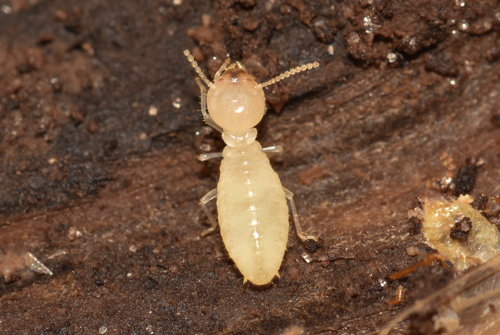
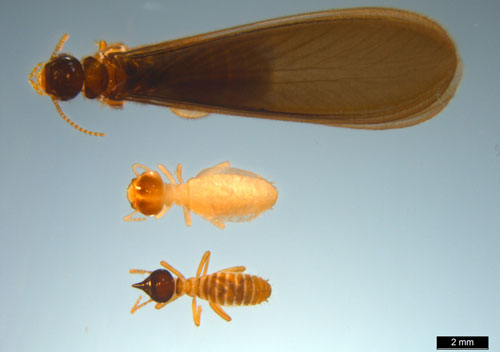
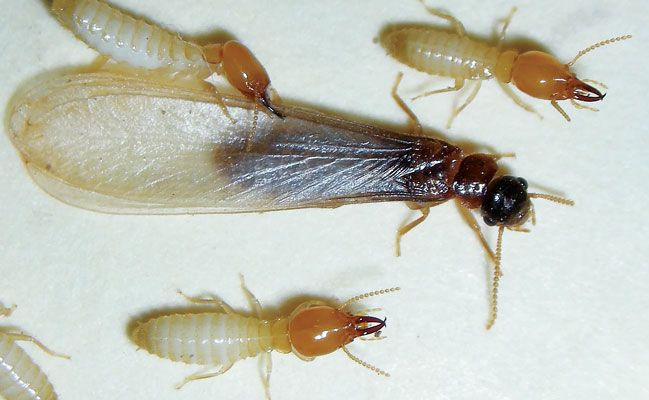
Formosan Termites
- Creamy white to brownish yellow
- 12mm to 15mm long
- Long, narrow, oval
- Has antennae
- 6 legs
Conehead Termites
- Dark brown to black
- 6mm to 15mm long
- Oblong, distinct head shape
- Has antennae
- 6 legs
Asian subterranean
- Creamy white to brownish
- 6mm to 12mm long
- Long, narrow, oval
- Has antennae
- 6 legs
Control and Management
Controlling Coptotermes species can be challenging due to their subterranean nature and the large size of their colonies. Effective management strategies often include:
- Preventive Measures: Reducing moisture around buildings, removing potential food sources (such as woodpiles) from near structures, and using termite-resistant building materials can help prevent infestations.
- Chemical Treatments: Soil treatments with termiticides can create a chemical barrier that kills or repels termites. Baiting systems are also used to eliminate colonies by attracting termites to feed on poisoned bait.
- Regular Inspections: Since Coptotermes infestations can go undetected until significant damage has occurred, regular inspections by pest control professionals are crucial for early detection and management.
Due to their destructive nature, Coptotermes termites are a significant concern for homeowners, the wood industry, and agricultural sectors, necessitating ongoing research into more effective control methods and preventive measures.


